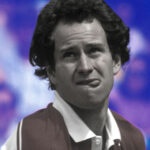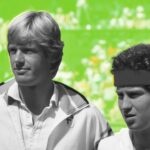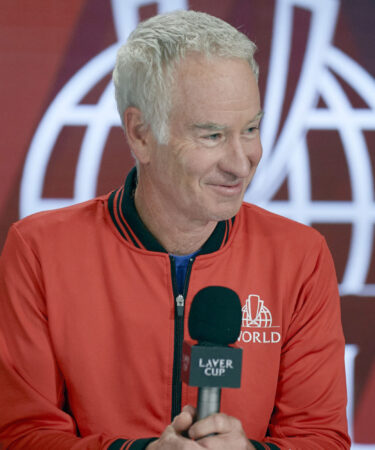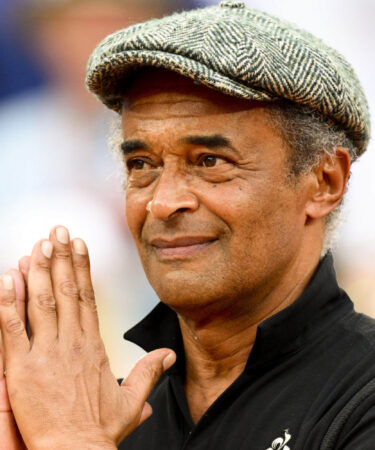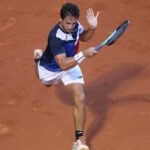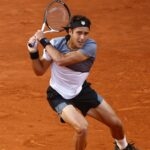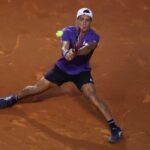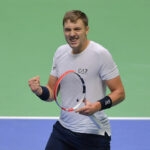January 21, 1990: The day John McEnroe was defaulted from the Australian Open
Every day, Tennis Majors looks back at some of the biggest moments in tennis history. On January 21, 1990, former world No 1 John McEnroe became the first man in the Open era to be defaulted at a Slam when he was thrown out of the Australian Open
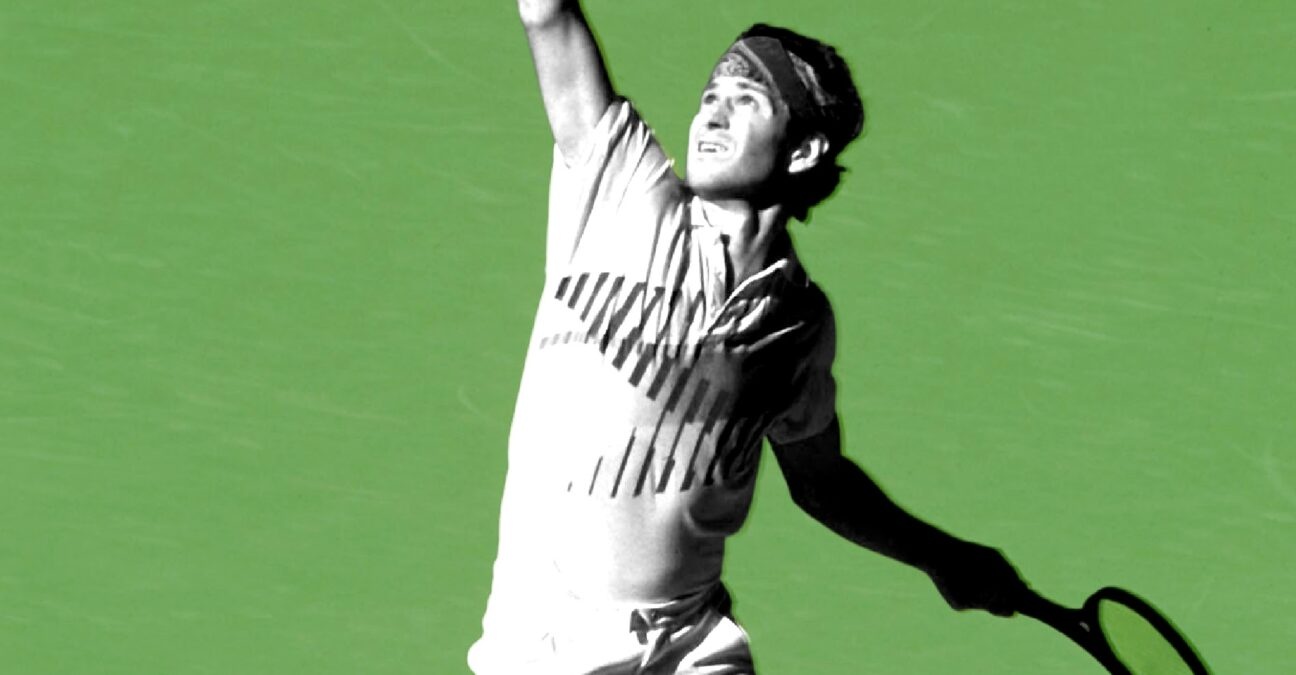 McEnroe OTD 01_21
McEnroe OTD 01_21
What happened exactly on that day?
On this day, January 21, 1990, John McEnroe was defaulted from his Australian Open fourth-round match against Mikael Pernfors. The American, who led by two sets to one but was down 4-2 in the fourth set, was charged with verbal abuse and intimidation.
It would later appear that McEnroe wasn’t aware of a recent change in the rules: players now needed only three code violation warnings to be defaulted, instead of four in the past, and thus became the first player in the Open era to be disqualified in a Grand Slam tournament.
The players: John McEnroe and Mikael Pernfors
- John McEnroe, tennis’ enfant terrible
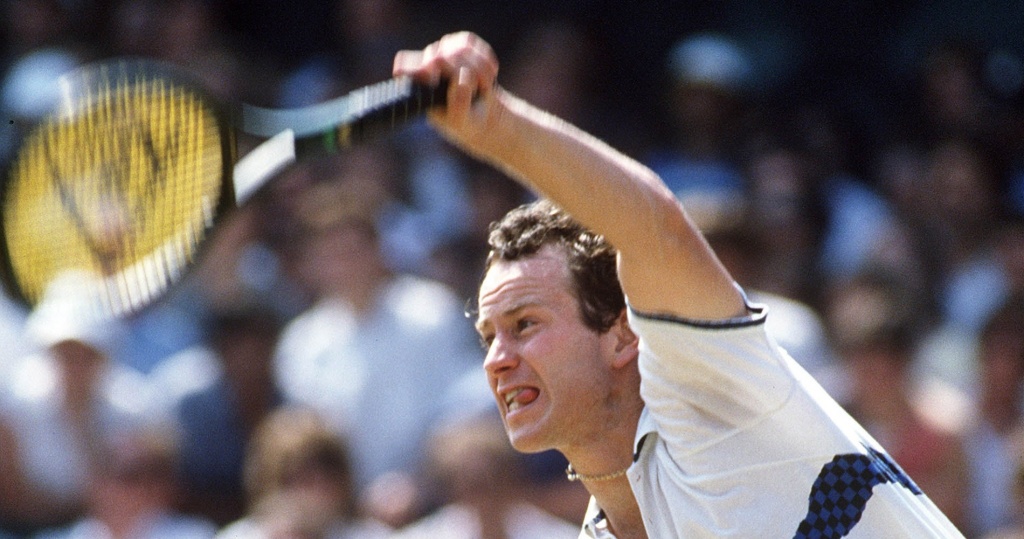
John McEnroe, an American player born in 1959, had been world No 1 for 170 weeks between 1980 and 1985. “Mac” was very talented, his game being based on precision and touch on top of an iconic and lethal serve. He was also known for his shocking on-court behaviour in the well-mannered world of tennis. He was sometimes vulgar and his constant quarrelling with the officials did not go unnoticed in a gentleman’s sport.
The American left-hander had claimed seven Grand Slam titles; three at Wimbledon (1981, 1983, 1984), and four in New York (1979, 1980, 1981, 1984). In 1979, he became the youngest ever US Open Champion, defeating Vitas Gerulaitis (7-5, 6-3, 6-3), and in 1980, he played his most famous match in the Wimbledon final, where he lost in five sets against Bjorn Borg, after winning an outstanding tiebreak in the fourth set (18-16).
Mac’s peak season had been 1984, when, after a heartbreaking loss in the French Open final, he triumphed not only at both Wimbledon and the US Open, but also at the Masters, finishing the year as the undisputed world No 1, holding an 82-3 record. After 1984, McEnroe’s domination came to an end.
In 1986, mentally worn out, he even took a break from the tour to marry Tatum O’Neal. Since he came back, “Mac” was not the champion he used to be. He did not reach the semi-finals of any Grand Slam event in singles until Wimbledon 1989, where he was defeated by Stefan Edberg (7-5, 7-6, 7-6). At the start of the 1990 Australian Open, he was the world No 5.
- Mikael Pernfors, the 1986 French Open runner-up
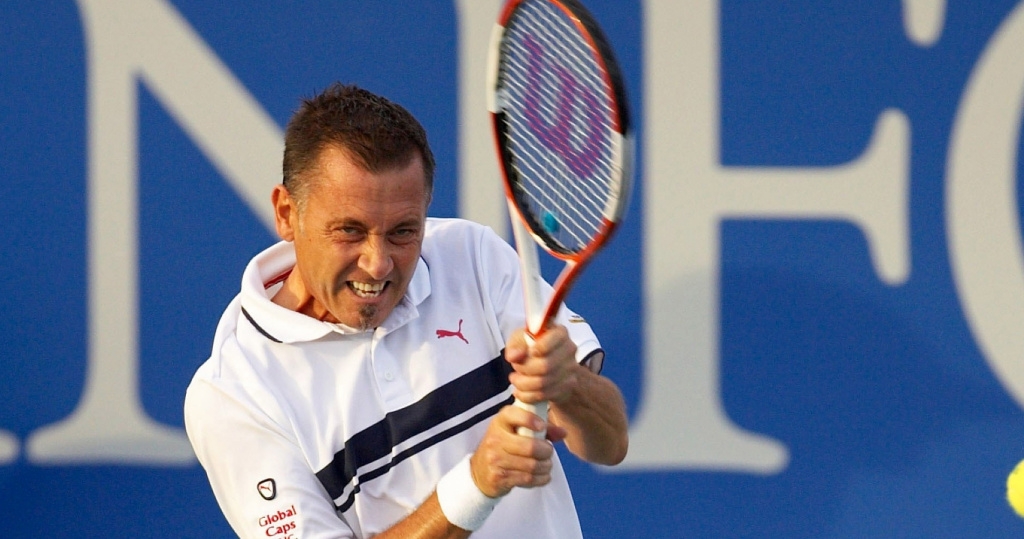
Mikael Pernfors, from Sweden, born in 1963, was mainly known for his run at the 1986 French Open, where, to everyone’s surprise, he reached the final, defeating Henri Leconte and Boris Becker before falling to Ivan Lendl (6-3, 6-2, 6-4). The same year, after reaching his career-high ranking of No10, he played a five-set thriller against Pat Cash in the Davis Cup final but was finally defeated (2-6, 4-6, 6-3, 6-4, 6-3).
The Swede claimed his first two titles in 1988, defeating Andre Agassi in the final in Los Angeles (6-2, 7-5), and Glenn Layendecker in the final in Scottsdale (6-2, 6-4). At the start of 1990, he was ranked No 63 in the world.
The place: Australian Open, Melbourne
Unlike the other Grand Slam tournaments, the Australian Open (first known as the Australasian Championships and, later, the Australian Championships) had changed locations several times over the years. In fact, the event switched cities every year before it settled in Melbourne in 1972, and no fewer than five Australian cities had hosted the event at least three times: Melbourne, Sydney, Adelaide, Brisbane and Perth.
The event was held on grass at the Kooyong Stadium, in a wealthy eastern suburb of Melbourne. Its timing had changed several times as well, between early December and January, going from being the first Grand Slam of the year to being the last. Until 1982, many of the best players skipped the Australian Open, mainly because of the remoteness, and the low prize money, but then, with the triumph of Wilander, the dynamic changed.
The tournament’s board made big efforts to become as prestigious as the other Grand Slams, which ended up with the event moving to a new location in 1988, at Flinders Park (later known as Melbourne Park), switching from grass to hard courts, and displaying the first-ever centre court equipped with a retractable roof. Prizes increased as well, and it wasn’t long before the tournament became many player’s favourite Grand Slam.
The facts: Change in rules catches McEnroe off-guard
In January 1990, John McEnroe was back in the top five, which he had left in June 1986. After a few years without any big results, the American had reached the Wimbledon semi-finals in 1989, and although he was not one of the main favourites at the Australian Open, the experts were keeping an eye on him. The left-hander from New York cruised through his first three rounds, but in the fourth round, Pernfors was causing him trouble. The Swede was only ranked No 63 at the time, but he had proven in the past that, on a good day, he could challenge any of the top players in the world.
McEnroe had always been known for his bad temper, but on this day, he was in a particularly bad mood. Things started to turn ugly at the beginning of the third set, when the former world No 1 stopped in front of a lineswoman he thought had made a bad call, while bouncing a ball on his racket. This behaviour was interpreted as an attempt of intimidation, and the chair umpire, Gerry Armstrong, gave McEnroe his first warning.
Mac won the set anyway, and he was now up two sets to one (6-1, 4-6, 7-5). This wasn’t enough to cool him down though, and it was at 4-2 down in the fourth set that he pushed the boundaries too far. Throwing his racquet to the ground on two consecutive points, he broke it, and was awarded a second code violation. He came to the umpire to argue about this decision and ended up swearing at him before calling the referee.
Unfortunately for him, the referee stood by his umpire, causing a new vent from McEnroe. The officials then awarded him a third code violation, and, to his own astonishment and to the crowd’s anger, the world No 1 became the first player in the Open Era to be defaulted in a Grand Slam tournament.
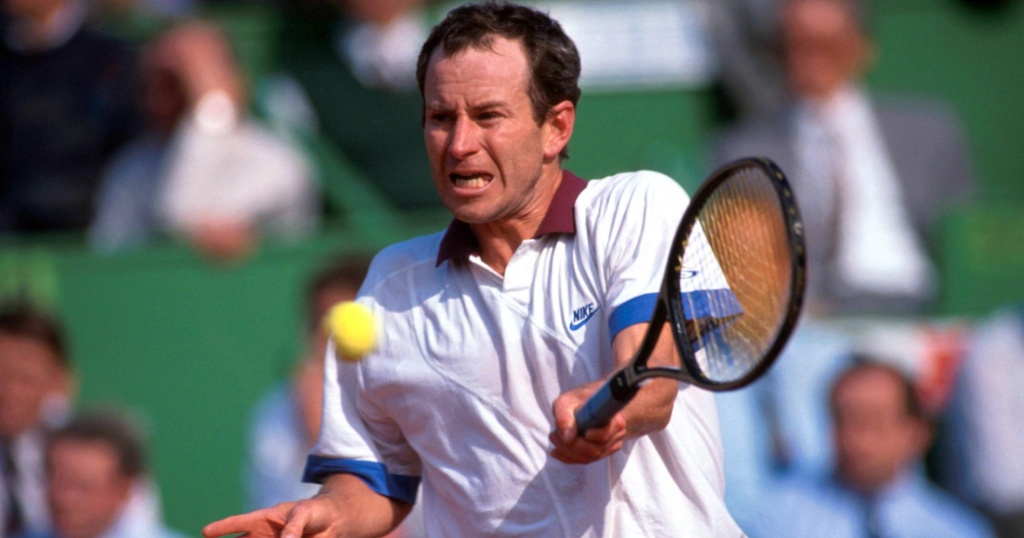
In the press conference that followed, McEnroe explained that he wasn’t aware that the rules had changed: it used to take four code violation warnings to get defaulted, and that number had been recently taken down to three.
“I probably would have bounced my racquet, but I probably wouldn’t have said what I said to the supervisor,” he said, according to The Sydney Morning Herald. “The magnitude of it didn’t really sink in until the next day.”
Armstrong said, in an interview with The Sunday Times of Britain in 1997:“It just sort of happened. I followed the rule book, and it was just all in a day’s work.”
What next? Pernfors goes on to lose in the next round
Mikael Pernfors would be defeated by Yannick Noah in the following round (6-3, 7-5, 6-2). It would be his last appearance in the quarter-finals of a Grand Slam tournament. John McEnroe would decline until his retirement at the end of 1992. His last big result would be reaching the 1992 Wimbledon semi-finals (lost to Andre Agassi, 6-4, 6-2, 6-3).



